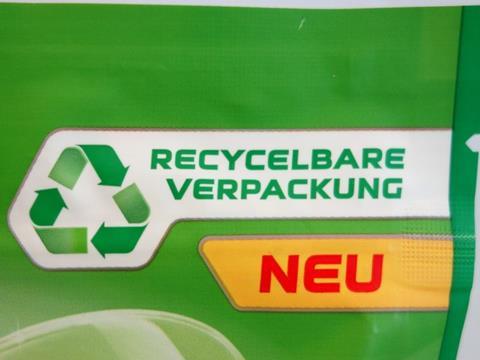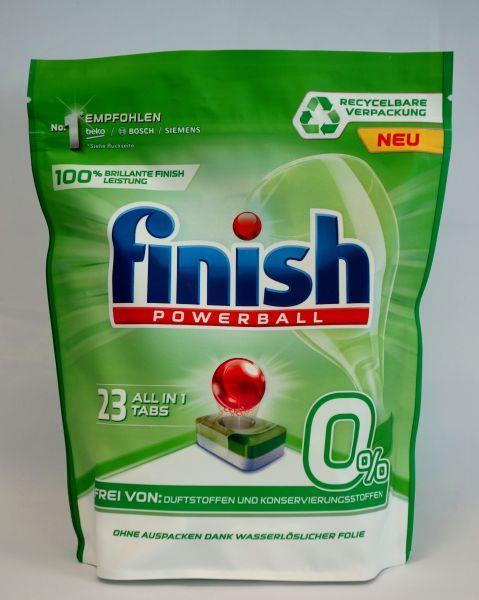
The countdown is on for the live Sustainability Awards 2019 ceremony, where we will unveil the worthy winners of the most prestigious sustainability competition for packaging innovation.
In anticipation, we explore the 25 standout solutions that made it to the finals, handpicked by our independent, expert judging panel.
Today, Krzysztof Krajewski, head of head of packaging innovation Vanish/ Finish RB, explains how an all-PE pack has been designed to be fully recyclabale.
Congratulations on being selected as a Sustainability Awards 2019 finalist! Could you please introduce your successful initiative?
RB has produced a fully recyclable all-PE packaging for our dishwasher detergent Finish. All components of the packaging have been designed from the same family of plastics, i.e. polyethylene, therefore, they are compatible with each other and can be recycled as one mass. An external institute called Reclay tested our new Finish packaging and confirmed the pack has a good recyclability score due to the fact all the components are recyclable including the multiple layers in the laminate and the zipper. We are incredibly proud of our Finish 0% Eco Pouch.
What are the environmental challenges in packaging that your entry addresses, and how well is the market responding to them so far?
Recyclability is still very much fragmented in different countries across Europe and in our product segment, commonly used packaging is generally not recyclable. The European Commission targets is that packaging must be recyclable by 2025. RB is on our way to deliver on our pledge to make our packaging recyclable or reusable where safety and regulations allow. This is a major step in laminates which previously have not been recyclable.
Sustainable packaging’ is a contentious concept, which means different things to different people, and anyone working in packaging understands that it’s easy to make things worse according to one environmental metric while making improvements according to another. In your opinion should there be a hierarchy among our sustainability goals?
I see two possible cases when using comparison metrics. One is when you compare yourself with your peers or the same category, in which case it is straightforward. If you improve any metric, there is improvement.

The second situation is when you compare yourself with a different category, for example if you compare plastic with paper. If you change your plastic bottle to a cardboard structure, then things become a bit tricky. Clearly one KPI can worsen another. For example, if you change from plastics to paper, you will have to increase weight. It is important to run a full life cycle analysis to understand the mix of metrics. If I were to say what would be the single metric to focus on, it would be a metric for an absence of packaging or eliminating packaging as much as possible.
Clearly, sustainability in packaging needs to be achieved by many stakeholders acting together, not by someone with a silver bullet. Thinking about the wider picture, what areas of innovation or action would you like to see across the value chain in the coming years to meet the demands of nature and society?
I think it’s very important that the whole chain works on closing the cycle. Partnership, and collaboration is key in achieving this. Typically, all steps in the chain do not talking to each other, and even if they are, they do not understand each other and a full understanding of each stakeholder group is necessary for success. An ideal pack should be used efficiently by consumers, collected, recycled and reused in its original context.
The second point is about increasing the facilities. Governmental help to impact society and consumer habits is one key point, and secondly the provision of infrastructure that will help close the full loop. We are missing a mastermind of a full circle and there is no central governmental body that is efficient. Manufacturers like RB want to partner with governments to help to close the loop of a full circle.










